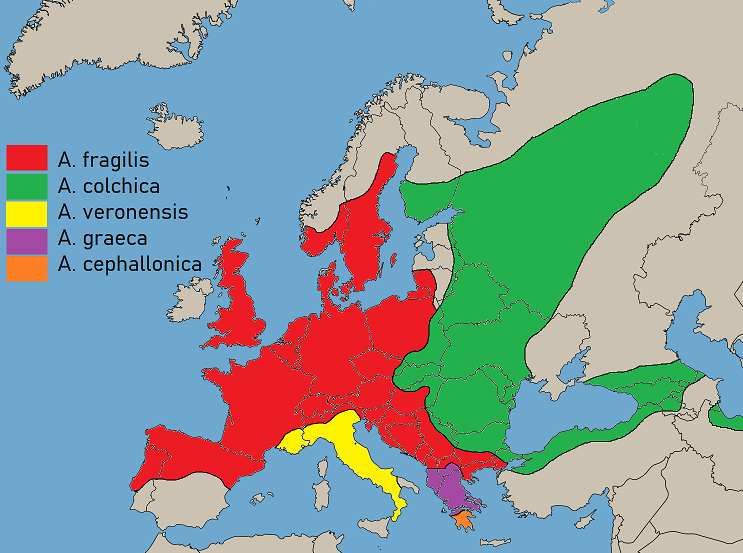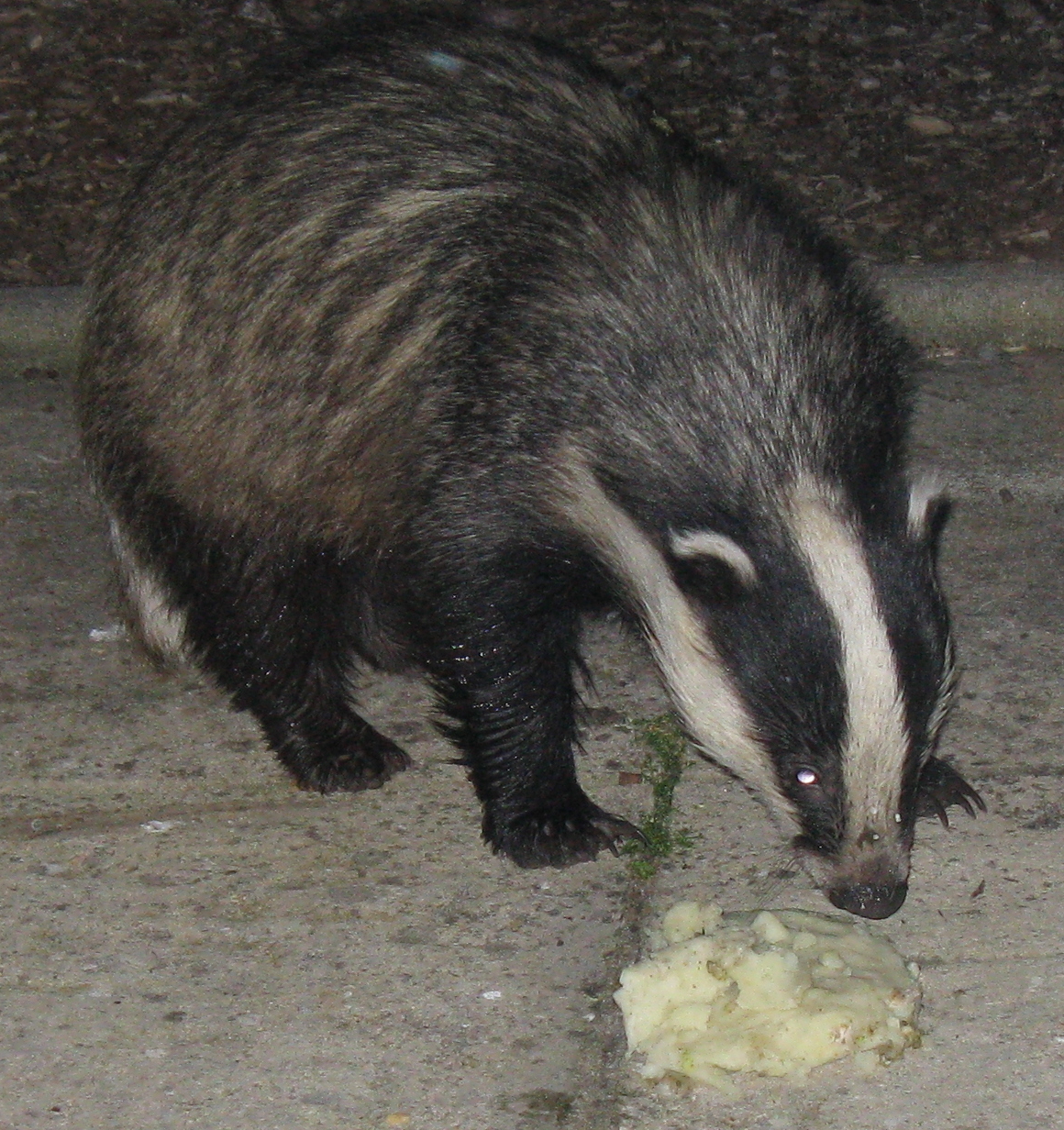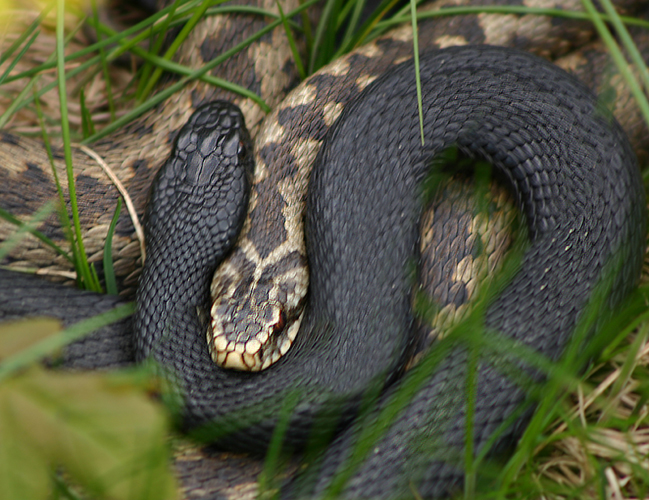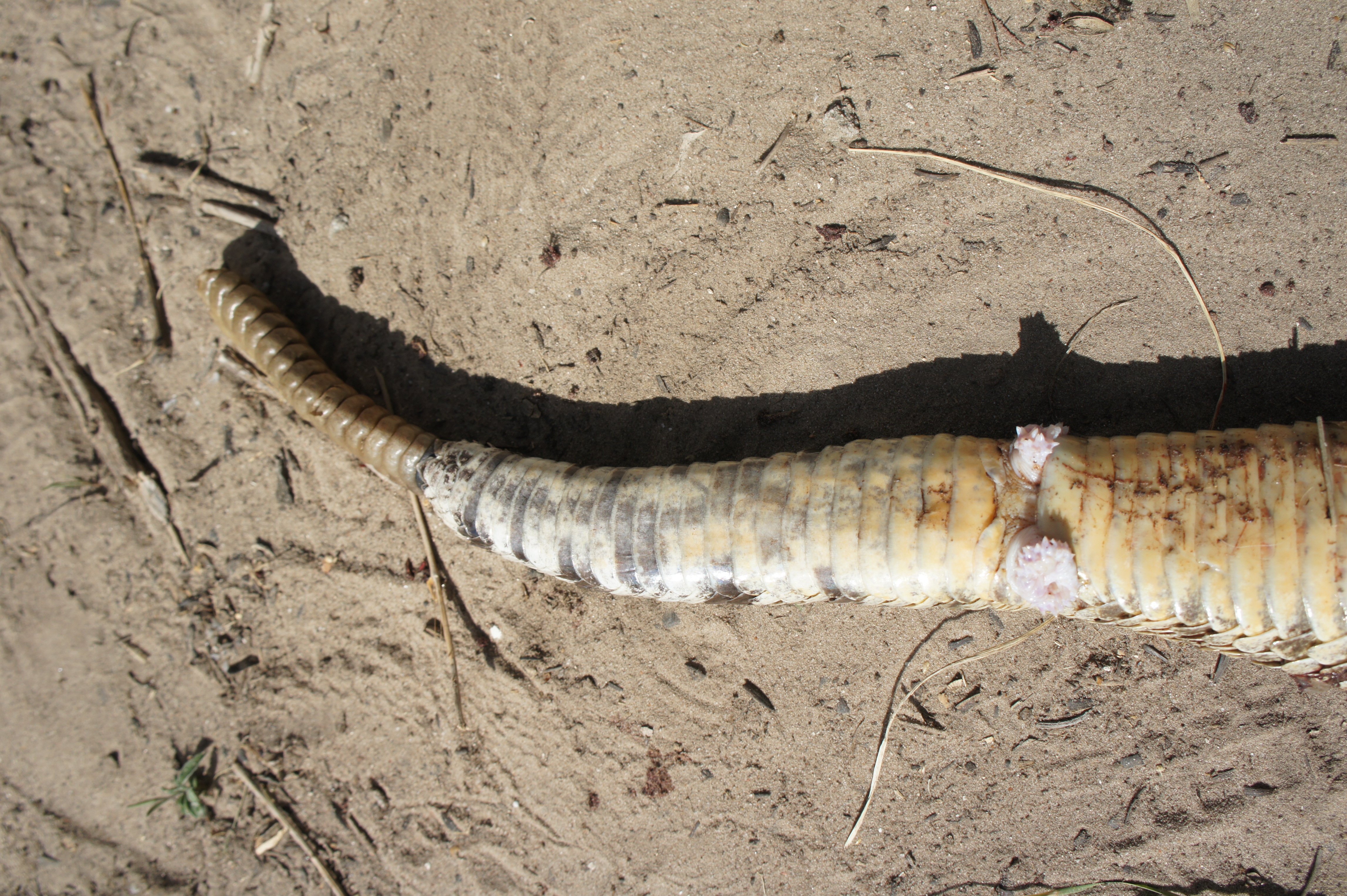|
Common Slow Worm
The common slow worm (''Anguis fragilis'') is a species of legless lizard native to western Eurasia. It is also called a deaf adder, blindworm, or regionally, a long-cripple, steelworm, and hazelworm. The "blind" in blindworm refers to the lizard's small eyes, similar to a blindsnake (although the slow worm's eyes are functional). The common slow worm, i.e. the species ''Anguis fragilis'', is often called simply "slow worm", though all species of the species complex comprising the genus ''Anguis'' are also called "slow worms". Common slow worms are semifossorial (burrowing) lizards that spend much of their time hiding underneath objects. The skin of slow worms is smooth, with scales that do not overlap. Like many other lizards, they autotomize, meaning that they have the ability to shed their tails to escape predators. While the tail regrows, it does not reach its original length. In the UK, slow worms are commonly encountered in gardens and allotments, where they can be enco ... [...More Info...] [...Related Items...] OR: [Wikipedia] [Google] [Baidu] |
Carl Linnaeus
Carl Linnaeus (23 May 1707 – 10 January 1778), also known after ennoblement in 1761 as Carl von Linné,#Blunt, Blunt (2004), p. 171. was a Swedish biologist and physician who formalised binomial nomenclature, the modern system of naming organisms. He is known as the "father of modern Taxonomy (biology), taxonomy". Many of his writings were in Latin; his name is rendered in Latin as and, after his 1761 ennoblement, as . Linnaeus was the son of a curate and was born in Råshult, in the countryside of Småland, southern Sweden. He received most of his higher education at Uppsala University and began giving lectures in botany there in 1730. He lived abroad between 1735 and 1738, where he studied and also published the first edition of his ' in the Netherlands. He then returned to Sweden where he became professor of medicine and botany at Uppsala. In the 1740s, he was sent on several journeys through Sweden to find and classify plants and animals. In the 1750s and 1760s, he co ... [...More Info...] [...Related Items...] OR: [Wikipedia] [Google] [Baidu] |
Anguis Veronensis
''Anguis veronensis'', commonly known as the Italian slow worm, is a European lizard species in the family Anguidae. The slow worm is distributed throughout Italy and in southeastern part of France. ''A. veronensis'' got its first scientific description in 1818, when it was described by Italian naturalist Ciro Polinni, and named after the Italian city Verona, where specimens were found. The synonymous species name ''Anguis cinerea'' (''cinereus'') is derived from the Latin word ''cinereus'' meaning ash-grey, even though typical gray colour is a common feature of the whole genus ''Anguis'', especially the similar common slow worm, ''Anguis fragilis''. Taxonomy and description In the past, slow worms from the Italian Peninsula were not distinguished from other European slow worms; they were usually perceived as conspecifics of ''Anguis fragilis''. A relatively long independent evolutionary history and distinct identity of both morphological and genetic features led to the speci ... [...More Info...] [...Related Items...] OR: [Wikipedia] [Google] [Baidu] |
European Badger
The European badger (''Meles meles''), also known as the Eurasian badger, is a badger species in the family Mustelidae native to Europe and West Asia and parts of Central Asia. It is classified as least concern on the IUCN Red List, as it has a wide range and a large, stable population size which is thought to be increasing in some regions. Several subspecies are recognized, with the nominate subspecies (''M. m. meles'') predominating in most of Europe. In Europe, where no other badger species commonly occurs, it is generally just called the "badger". The European badger is a powerfully built, black, white, brown, and grey animal with a small head, a stocky body, small black eyes, and a short tail. Its weight varies, being in spring, but building up to in autumn before the winter sleep period. It is nocturnal and is a social, burrowing animal that sleeps during the day in one of several setts in its territorial range. These burrows have multiple chambers and entrances, and are ... [...More Info...] [...Related Items...] OR: [Wikipedia] [Google] [Baidu] |
Vipera Berus
''Vipera berus'', also known as the common European adder Mallow D, Ludwig D, Nilson G (2003). ''True Vipers: Natural History and Toxinology of Old World Vipers''. Malabar, Florida: Krieger Publishing Company. . and the common European viper, Stidworthy J (1974). ''Snakes of the World''. New York: Grosset & Dunlap Inc. 160 pp. . is a species of venomous snake in the family Viperidae. The species is extremely widespread and can be found throughout much of Europe, and as far as East Asia. There are three recognised subspecies. Known by a host of common names including common adder and common viper, the adder has been the subject of much folklore in Britain and other European countries. It is not regarded as especially dangerous; the snake is not aggressive and usually bites only when really provoked, stepped on, or picked up. Bites can be very painful, but are seldom fatal. The specific name, ''berus'', is Neo-Latin and was at one time used to refer to a snake, possibly the gra ... [...More Info...] [...Related Items...] OR: [Wikipedia] [Google] [Baidu] |
Ovoviviparity
Ovoviviparity, ovovivipary, ovivipary, or aplacental viviparity is a "bridging" form of reproduction between egg-laying oviparous and live-bearing viviparous reproduction. Ovoviviparous animals possess embryos that develop inside eggs that remain in the mother's body until they are ready to hatch. The young of some ovoviviparous amphibians, such as '' Limnonectes larvaepartus'', are born as larvae, and undergo further metamorphosis outside the body of the mother. Members of genera '' Nectophrynoides'' and '' Eleutherodactylus'' bear froglets, not only the hatching, but all the most conspicuous metamorphosis, being completed inside the body of the mother before birth. Among insects that depend on opportunistic exploitation of transient food sources, such as many Sarcophagidae and other carrion flies, and species such as many Calliphoridae, that rely on fresh dung, and parasitoids such as tachinid flies that depend on entering the host as soon as possible, the embryos ... [...More Info...] [...Related Items...] OR: [Wikipedia] [Google] [Baidu] |
Evening Mating Of Slow Worms (Anguis Fragilis)
Evening is the period of a day that begins at the end of daylight and overlaps with the beginning of night. It generally indicates the period of time when the sun is close to the horizon and comprises the periods of civil, nautical and astronomical twilight. The exact times when evening begins and ends are subjective and depend on location and time of year. It may be used colloquially to include the last waning daytime shortly before sunset. Etymology The word is derived from the Old English ''ǣfnung'', meaning 'the coming of evening, sunset, time around sunset', which originated from ''æfnian'', meaning "become evening, grow toward evening". The Old English ''æfnian'' originated from ''æfen'' (eve), which meant "the time between sunset and darkness", and was synonymous with even (Old English ''æfen''), which meant the end of the day. The use of "evening" dates from the mid 15th century. Start time The ''Encyclopædia Britannica'' defines evening as varying according to d ... [...More Info...] [...Related Items...] OR: [Wikipedia] [Google] [Baidu] |
Hemipenis
A hemipenis (: hemipenes) is one of a pair of intromittent organs of male squamates (snakes and lizards). Hemipenes are usually held inverted within the body, and are everted for reproduction via erectile tissue, much like that in the human penis. They come in a variety of shapes, depending on species, with ornamentation such as spikes. Background The hemipenis is the intromittent organ of Squamata, which is the second largest order of vertebrates with over 9,000 species distributed around the world. They differ from the intromittent organs of most other amniotes such as mammals, archosaurs and turtles that have a single genital tubercle, as squamates have paired, separate genitalia. Squamate hemipenes also develop from a different cell origin, originating from the same embryonic cells that produce the limbs, whereas mammalian penises arise from the embryonic cells that develop the tail. Evolution Much debate continues regarding the evolutionary origin of hemipenes and their ... [...More Info...] [...Related Items...] OR: [Wikipedia] [Google] [Baidu] |
20130505-slow Worms-014-wiki©CD
Thirteen or 13 may refer to: * 13 (number) * Any of the years 13 BC, AD 13, 1913, or 2013 Music Albums * ''13'' (Black Sabbath album), 2013 * ''13'' (Blur album), 1999 * ''13'' (Borgeous album), 2016 * ''13'' (Brian Setzer album), 2006 * ''13'' (Die Ärzte album), 1998 * ''13'' (The Doors album), 1970 * ''13'' (Havoc album), 2013 * ''13'' (HLAH album), 1993 * ''13'' (Indochine album), 2017 * ''13'' (Marta Savić album), 2011 * ''13'' (Norman Westberg album), 2015 * ''13'' (Ozark Mountain Daredevils album), 1997 * ''13'' (Six Feet Under album), 2005 * ''13'' (Suicidal Tendencies album), 2013 * ''13'' (Solace album), 2003 * ''13'' (Second Coming album), 2003 * 13 (Timati album), 2013 * ''13'' (Ces Cru EP), 2012 * ''13'' (Denzel Curry EP), 2017 * ''Thirteen'' (CJ & The Satellites album), 2007 * ''Thirteen'' (Emmylou Harris album), 1986 * ''Thirteen'' (Harem Scarem album), 2014 * ''Thirteen'' (James Reyne album), 2012 * ''Thirteen'' (Megadeth album), 2011 * ... [...More Info...] [...Related Items...] OR: [Wikipedia] [Google] [Baidu] |
Copenhagen Zoo
Copenhagen Zoo () is a zoological garden in Copenhagen, Denmark. Founded in 1859, it is one of the oldest zoos in Europe and is a member of EAZA. It comprises and is located in the municipality of Frederiksberg, sandwiched between the parks of Frederiksberg Gardens and Søndermarken. With 1,571,331 visitors in 2019 it is the most visited zoo and one of the most visited attractions in Denmark. The zoo is noted for its new Elephant House designed by British architect Sir Norman Foster. The zoo maintains and promotes a number of European breeding programmes. History Copenhagen Zoo was founded by the ornithologist Niels Kjærbølling in 1859. He was given the summer garden of "Prinsess Vilhelmines Have" (The garden of Princess Vilhelmine) by the chief directorate of Copenhagen. The animals that the visitors could contemplate at the opening were eagles, chickens, ducks, owls, rabbits, a fox, a seal in a bathtub and a turtle in a bucket. In the early years the zoo focused on ... [...More Info...] [...Related Items...] OR: [Wikipedia] [Google] [Baidu] |
Osteoderm
Osteoderms are bony deposits forming scales, plates, or other structures based in the dermis. Osteoderms are found in many groups of extant and extinct reptiles and amphibians, including lizards, crocodilians, frogs, temnospondyls (extinct amphibians), various groups of dinosaurs (most notably ankylosaurs and stegosaurians), phytosaurs, aetosaurs, placodonts, and hupehsuchians (marine reptiles with possible ichthyosaur affinities). Osteoderms are uncommon in mammals, although they have occurred in many xenarthrans (armadillos and the extinct glyptodonts and mylodontid ground sloths). The heavy, bony osteoderms have evolved independently in many different lineages. The armadillo osteoderm is believed to develop in subcutaneous dermal tissues. These varied structures should be thought of as anatomical analogues, not homologues, and do not necessarily indicate monophyly. The structures are however derived from scutes, common to all classes of amniotes and are an exampl ... [...More Info...] [...Related Items...] OR: [Wikipedia] [Google] [Baidu] |
Caudal Autotomy
Autotomy (from the Greek ''auto-'', "self-" and ''tome'', "severing", αὐτοτομία) or 'self-amputation', is the behaviour whereby an animal sheds or discards an appendage, usually as a self-defense mechanism to elude a predator's grasp or to distract the predator and thereby allow escape. Some animals are able to regenerate the lost body part later. Autotomy is thought to have evolved independently at least nine times. The term was coined in 1883 by Leon Fredericq. Vertebrates Reptiles and amphibians Some lizards, salamanders and tuatara when caught by the tail will shed part of it in attempting to escape. In many species the detached tail will continue to wriggle, creating a deceptive sense of continued struggle, and distracting the predator's attention from the fleeing prey animal. In addition, many species of lizards, such as '' Plestiodon fasciatus'', '' Cordylosaurus subtessellatus'', '' Holaspis guentheri'', '' Phelsuma barbouri'', and '' Ameiva wetmorei'', ... [...More Info...] [...Related Items...] OR: [Wikipedia] [Google] [Baidu] |







